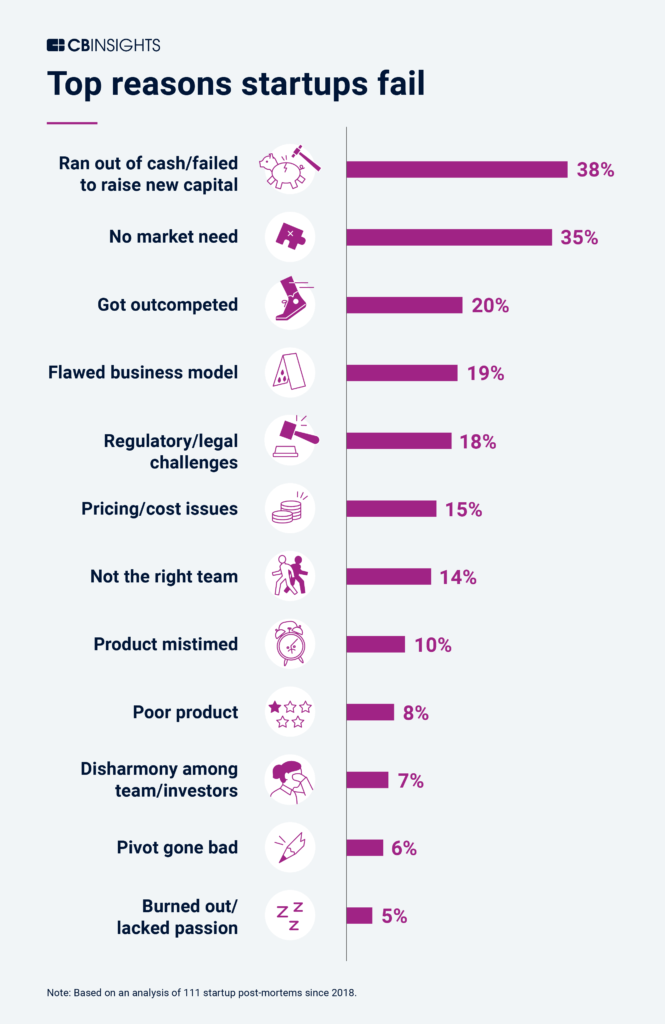How to choose the right Salesforce Consulting Partner
Choosing the right Salesforce Consulting Partner for you company shouldn’t be a difficult or tedious task, but there’s few key signs to look for to make sure you’re going to get what you need.
Providing implementation, integration, and custom development services for Salesforce requires specialized skill and training to deliver innovative solutions that companies need to make the most of their investment.
The right partner should be focusing on a few areas of expertise to be able to deliver the best solutions for your company.
1) Understanding your goals, customers, and use cases
Before jumping into any project, a good partner with list to your business requirements and seek an understanding of your goals and intentions, as well as your market and customers. Once they’ve analyzed your business and potential use cases, they’ll be able to ideate and come up with multiple potential solutions before settling on the right one to implement. The proposed ideas could all be viable solutions — ranging from the easiest and fastest fix to something more complex. The more advanced solutions could involve new platforms, integrations, and cross-cloud solutions that will have the power to advance business goals faster, more efficiently, and more effectively.
2) Full-service capabilities
In addition to strategizing, planning, and proposing multiple solutions to solve real business needs, the right Salesforce partner should have the necessary team available to implement the solution. The best partners will have a team made up of a consultant, a developer, a testing/QA specialist, and a designer (if needed). The full team working in unison together, from start to finish, ensures that the solution delivered is not only accurate, but achieves the desired results.
3) New technology offerings
A development team that offers software services beyond Salesforce can help businesses leverage their entire tech stack to work together to achieve the best results. In addition to making cross-cloud connections and integrations with other business critical software, they’ll be able to take a comprehensive look at your company’s use of technology. They might be able to advise on software solutions to help you enter a new market, connect with new audiences, and/or automate other business processes to help grow your company.
The Salesforce ecosystem provides amazing functionality that can empower your entire sales and marketing functions. The right Salesforce Consulting partner will help you unlock the fullest potential of Salesforce, while assessing your overarching business goals and challenges. Talk to us today about your Salesforce development needs.












